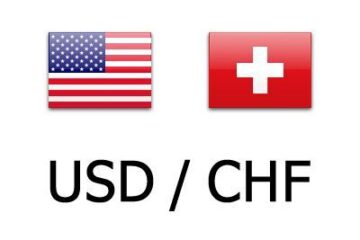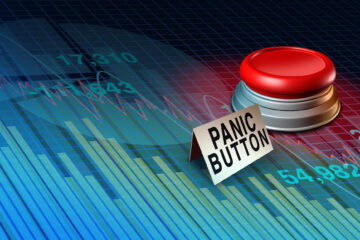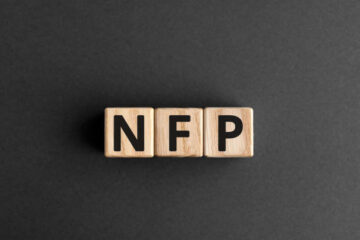U.S. equity futures plunged in early Thursday trading, dragging the S&P 500 back to the lowest levels in more than six months, as global markets reacted to the comprehensive tariff plans unveiled last night by President Donald Trump.
The U.S. will apply a baseline tariff on all imported goods, starting on April 9, with added levies on a country-by-country basis that will take the average overall tariff to around 22%, according to Fitch Ratings, the highest in the world and a level last see in the early 1900s.
Tariffs on goods from Canada and Mexico, which were excluded from last night’s effort, will resume as of today, alongside a 25% duty on all auto sector imports the President announced last week. The administration is also mulling separate levies on the semiconductor and pharmaceutical sectors, which could be unveiled over the coming days.
“With today’s action, we are finally going to be able to make America great again, greater than ever before,” the President said. “Jobs and factories will come roaring back into our country, and you see it happening already. We will supercharge our domestic industrial base.”
President Donald Trump unveiled the biggest and most-aggressive tariff regime in more than a century yesterday at the White House, taking the average U.S. levy to an estimated 22%.
Andrew Harnik/Getty Images
The breadth of the President’s tariff scope, which included two uninhabited islands near Antarctica, shook markets around the world and stoked renewed recession concerns in the world’s biggest economy.
Deutsche Bank analysts estimated the tariffs, if prolonged, would take 1.5% from U.S. GDP while adding a similar amount to headline inflation pressures.
The U.S. dollar index, which tracks the greenback against a basket of six global currencies, was marked 1.65% lower at 102.102, the lowest in six months, as investors worried that reprisal tariffs from Europe and China would hammer world economic growth.
Related: There’s no need for a trade war; America’s already won it. By a lot.
“The chances of a recession in the world’s largest economy have now increased to the point where the market thinks it is likely,” said Richard Carter, head of fixed interest research at Quilter plc. “How Trump spins this, and the fact these tariffs will add to the inflationary fire, is anyone’s guess.”
Safe-haven assets were also on the move, with gold prices rising to a fresh all-time high of $3,167.57 per ounce and benchmark 10-year Treasury note yields falling to 10 basis points to 4.051%, the lowest in five months, in overnight trading.
“This is a major shock to the world economy and close to the worst-case scenario Trump had threatened on his campaign trail,” said George Vessey, lead FX & macro strategist at London-based Convera.
“It will prompt retaliatory measures from trading partners and although there may be room for negotiation, high tariffs and lingering uncertainty raise recession risks,” he added.
Related: Goldman Sachs analysts overhaul S&P 500, GDP targets as Trump tariffs bite
On Wall Street, the potential impact of the broad tariff plans on corporate earnings, particularly in the tech sector, weighed heavily on U.S. equity futures, with the S&P 500 expected to fall by around 188 points, or 3.3%, in the opening minutes of trading.
The tech-focused Nasdaq is priced for a 715 point decline, with Apple (AAPL) marked 7.4% lower and Nvidia (NVDA) set for a 4.2% pullback.
The Dow Jones Industrial Average, meanwhile, is called more than 1,122 points lower to start the trading day, taking 30-stock selection back to its March 13 lows.
More Economic Analysis:
Gold’s price hit a speed bump; where does it go from here?7 takeaways from Fed Chairman Jerome Powell’s remarks
Overseas markets were hit hard, as well, with Europe’s Stoxx 600 falling 1.6% in mid-day Frankfurt trading and Britain’s FTSE 100 down 1.2% in London.
In Asia, Japan’s auto and export-heavy Nikkei 225 fell 2.77%, dragging the benchmark to the lowest levels since early August, with the regional MSCI ex-Japan index falling 0.67%.


